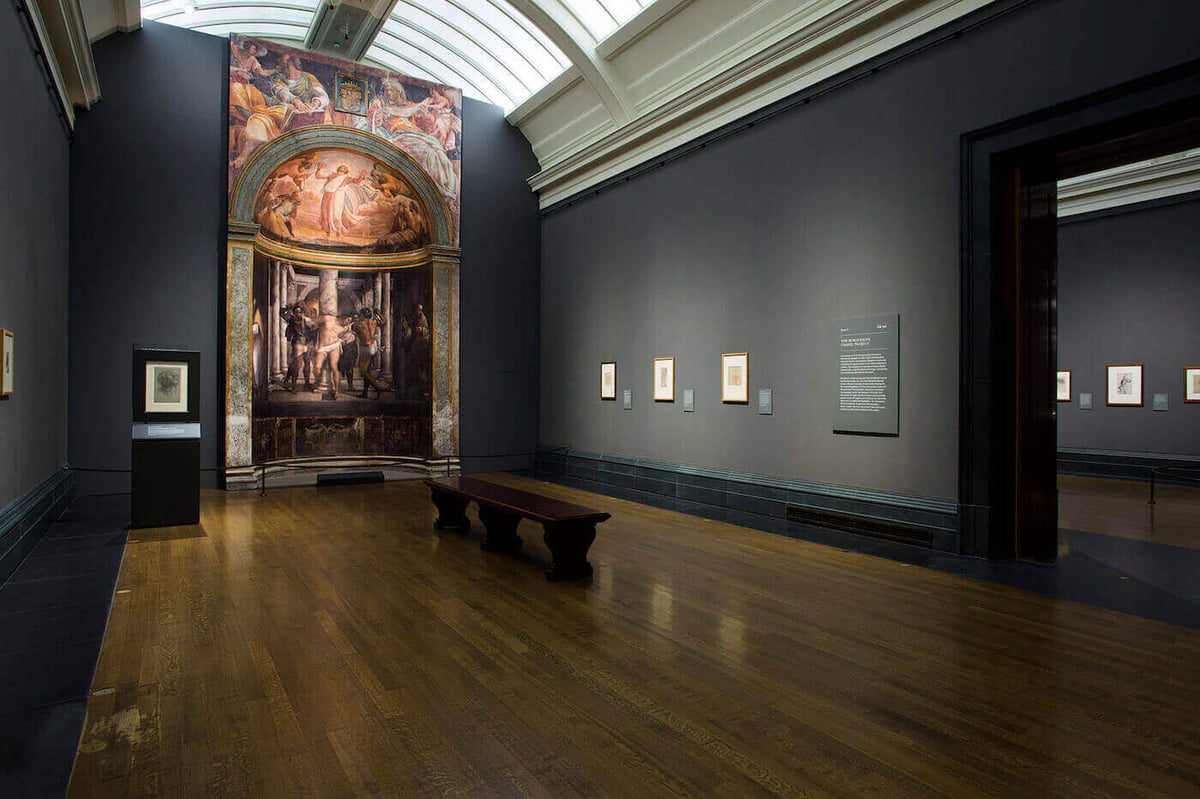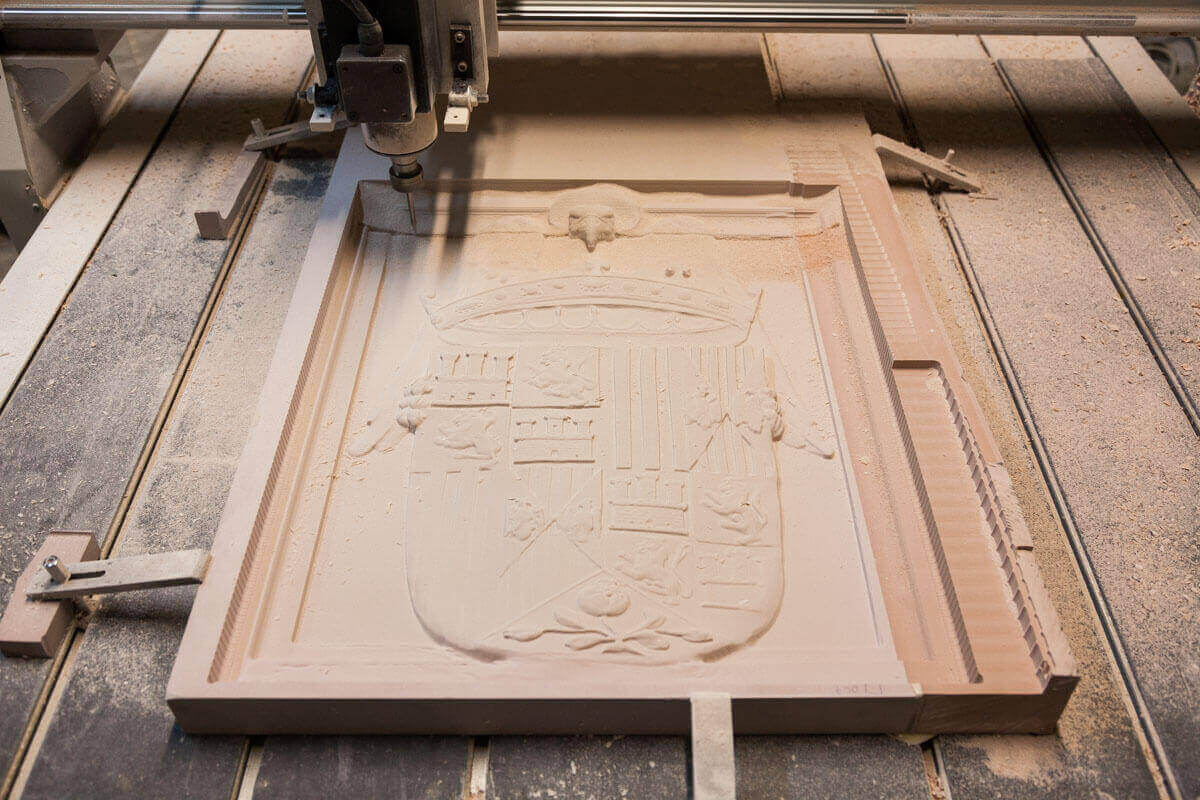The National Gallery and Factum Arte use 3D modeling and printing to help recreate Michelangelo and Sebastiano’s Roman Chapel.
In London, The National Gallery is using 3D modeling and also some 3D printing to help examine the relationship between two of the most renowned Renaissance artists. The Michelangelo and Sebastiano exhibition displays the work from their 25-year collaborative effort.
Working with the prestigious Madrid-based art company Factum Arte, the museum is combining emerging technologies and traditional craftsmanship. One of the most jarring piece is a life-size reconstruction of the Borgherini Chapel from Rome’s Church of San Pietro in Montorio.

Factum Arte Recreates Roman Chapel With 3D Modeling
The historic Chapel is replicated from over 2,400 high-resolution photographs that Factum Arte took in Rome. Photogrammetry software extracts data regarding volume, dimension, and color of the artistic structure.
The team also had to utilize complex digital processing to map the color and texture onto the curved surfaces of the 3D model. Using 2D printing, these replicas are created in a flexible material. These segments are applied to the physical recreation of the Chapel. This is constructed of lightweight steel, plywood and aluminum panels, as well as a fiberglass dome.
The museum had the reconstruction done at 90 percent of the original scale. The project’s team also uses traditional techniques found in 16th century Italy to give the plaster elements a ancient feel.
Compared to a simple photograph, this 3D representation offers a much greater understanding of the original Chapel. The physical recreation offers a greater understanding of the differences between Michelangelo’s drawings and Sebastiano’s finished painting. The replica offers insight on the scale, color, modeling, and final context of display.
Using 3D Printing as an Educational Tool
The National Gallery looks at 3D printing technology as a historically educational tool. However, it’s stressed that the emerging technology is not yet able to replicate the look of traditionally crafted objects.
Still, modern-day art is transforming through the combination of digital scanning, 3D printing, and traditional craft. This makes it possible to reproduce art and architecture to reflect the look of historic pieces.
In the past, Factum Arte used 3D technology to photograph and 3D print a model of the Arch of Triumph, which is also displayed in The National Gallery. The art firm has exceptional experience in 3D printing replicas, and also has a warehouse full of historical replicas. They’ve also recently collaborated with Ghanian artist El Anatsui on “Benchmarks”, a collection of tabletops produced with 3D scanning and CNC milling.

Source: Hyperallergic
License: The text of "Recreating Michelangelo and Sebastiano’s Roman Chapel in 3D" by All3DP is licensed under a Creative Commons Attribution 4.0 International License.